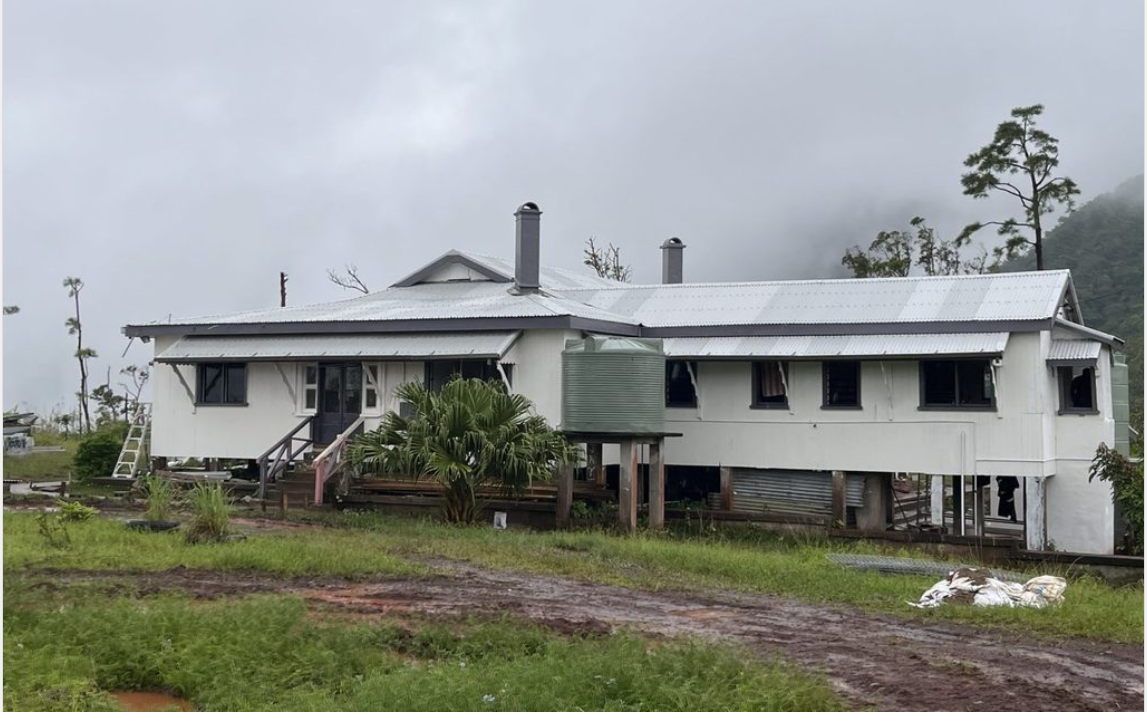MYTHOLOGICAL credence in the afterlife varies according to different cultures and belief system.
The old accounts of death and life after death are sometimes beyond explaintion, like the idea of having a spiritual pathway or sala ni yalo.
The story of the Tualeita as described by colonial official, Adolph Brewster, opens up a different understanding behind the spiritual pathway and the myths associated with it.
Brewster described in the last chapter of his book The Hilltribe of Fiji, that even though the Tualeita was the spiritual pathway to paradise, it was also the main highway to the West.
He had often travelled on the Tualeita during the ordinary course of his duty as the resident commissioner of Colo North and Colo West.
Brewster’s guide during his time in the highlands, was Saimone, a native often known to him as Simon.
Good at keeping conversation during trips along the Tualeita, Simon would keep Brewster updated on the signs to expect when travelling on the track.
As they journeyed through the Tualeita, Simon would watch for the omens or signs.
Brewster highlighted that the most common sign or omen to appear during the journey on the Tualeita was the appearance of a little bird called the tikivili.
According to Simon, if the bird was heard crying on the right, it was a good sign, meaning a successful journey on the Tualeita with enjoyable feeds at various calling-places. If the tikivili was heard on the left, this predicted disaster for the traveller.
Simon assured Brewster during their journey that in the olden days, if the bird appeared on the left, parties on the trail would at once abandon their quest and would return home.
Another good sign or omen while travelling on the Tualeita was meeting a tiger moth, the kumukumure, which embodied the spirits of departed ancestors.
Should the insect land, the right thing to do was to pick up the insect, kiss it and return it gently to the air.
He also heard from natives at the time that when the kumukumure died it would turn into the little, red-breasted robin of Fiji – of course that seems improbable today but, in the past, these would seem possible given the myths associated with shapeshifting.
On the mystical side of things, Brewster wrote about streams related to departed souls making their way through the Tualeita. One of them was the mall stream often known as the water of twins .
The stream is located further west from where the small plateau of barren red earth was situated along the road between Nadarivatu and Fort Carnarvon in Navosa, which was highlighted last week.
The small stream is where those blessed with posterity, or a future go to drink. Just westward from it lies a narrow ridge that divides the Sigatoka and Ba rivers.
On this ridge lies a dry stretch area that has a small cool spring. The spring is where the tired souls, on their weary way to the Holy Mount, would stop along the Tualeita to quench their thirst.
When the chronically sick continually demanded a drink from the cool spring, people would say that they were desiring the waters of the Tualeita and that their desires (of drinking the water) could only be meet if they died from the sickness they were suffering from.
The cool spring according to Brewster’s book is not far from Nubutautau, the place where Wesleyan missionary, Thomas Baker was killed.
Another recent account of the spiritual pathway was written in the Na i Lalakai in 2014.
The story, which was published on Wednesday June 18, 2014, was written by the former editor of the Na i Lalakai, Anare Ravula.
The article mentioned that the Tualeita was a track that people from the highlands travelled on, particularly those from Savatu, Navatusila, Magodro and Nausori Highlands.
He wrote that according to former district officer (DO) of Nadarivatu, Inoke Tagicakibau the current track was connected to the ‘spectral world’.
Tagicakibau told Ravula that he and his family had encountered a paranormal incident when they lived in the district officers’ home – the house that sits on the Tualeita track.
His home which was once part of the old administrative station in Nadarivatu is surrounded by tall pine trees which adds a much eerie feeling at night for the living.
Tagicakibau told Ravula how he used to hear stories from the people of Nadala and Lewa about ghosts in their midst when he first moved there but didn’t pay much attention to it until the incident.
He described that one night when his family was together in the living room, the main door to their home opened by itself. As it opened, chairs started to move inside the house. With the lights switched on, the family couldn’t see what was shifting the furniture around.
After a few minutes of witnessing the paranormal activity, Tagicakibau said the door closed again but it felt like someone had walked out and closed it.
He said after the incident, the room was in complete silent, like nothing had happened inside.
When he shared his experience with the villagers, they told him the house sat on the Tualeita.
Villagers there often said that at night conversations would be heard along Tualeita track – probably of weary souls making their way to the Holy Mount in Nakauvadra as described last week.
Waikubukubu villager, Kuruvitu Siva said today the Tualeita runs along the Nadarivatu government station and through the Nadarivatu Forest Park.
Today, you can walk or trek on the Tualeita. The path or trail also runs through the old bure and pool belonging to Ratu Sir Lala Sukuna.
History being the subject it is, a group’s version of events may not be the same as that held by another group. When publishing one account, it is not our intention to cause division or to disrespect other oral traditions. Those with a different version can contact us so we can publish your account of history too — Editor.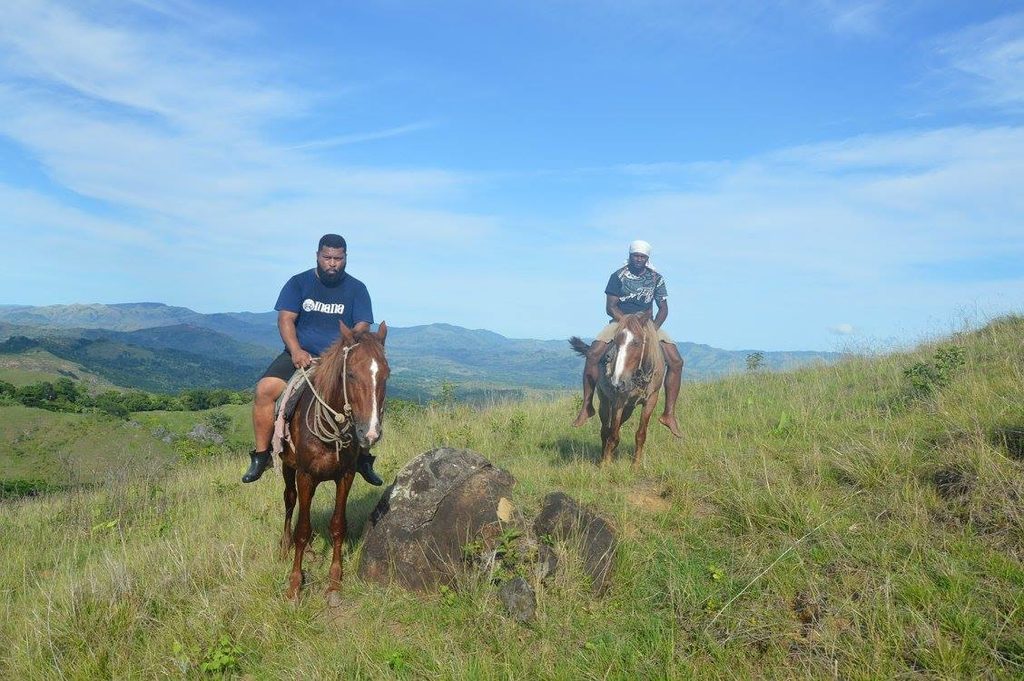
Na i Lalakai senior reporter, Viliame Ravai on the Tualeita track. Picture: SUPPLIED
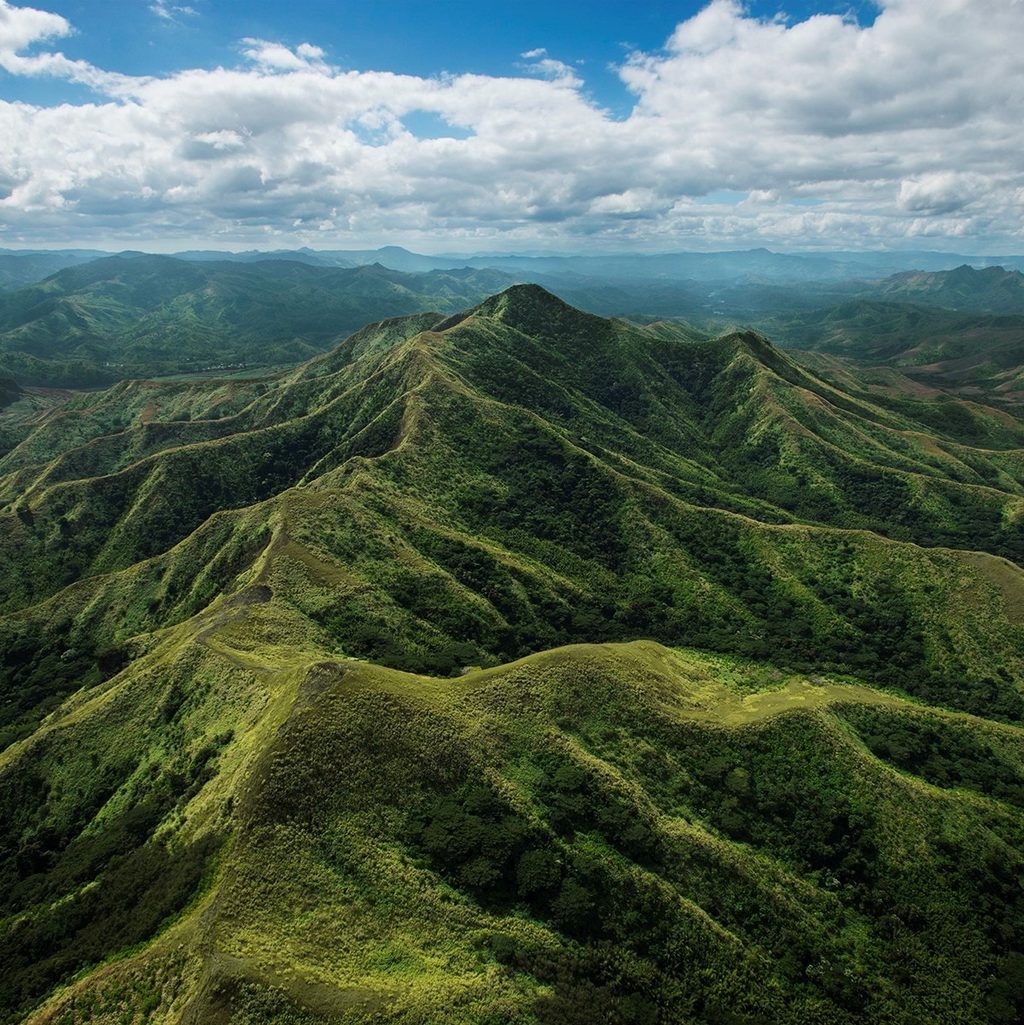
The Tualeita runs through the ridges of Nadarivatu to the Nakauvadra range in Ra. Picture: THE WONDERFUL COMPANY

The district officer’s home in Nadarivatu lies on the Tualeita pathway. Picture: ANA MADIGIBULI
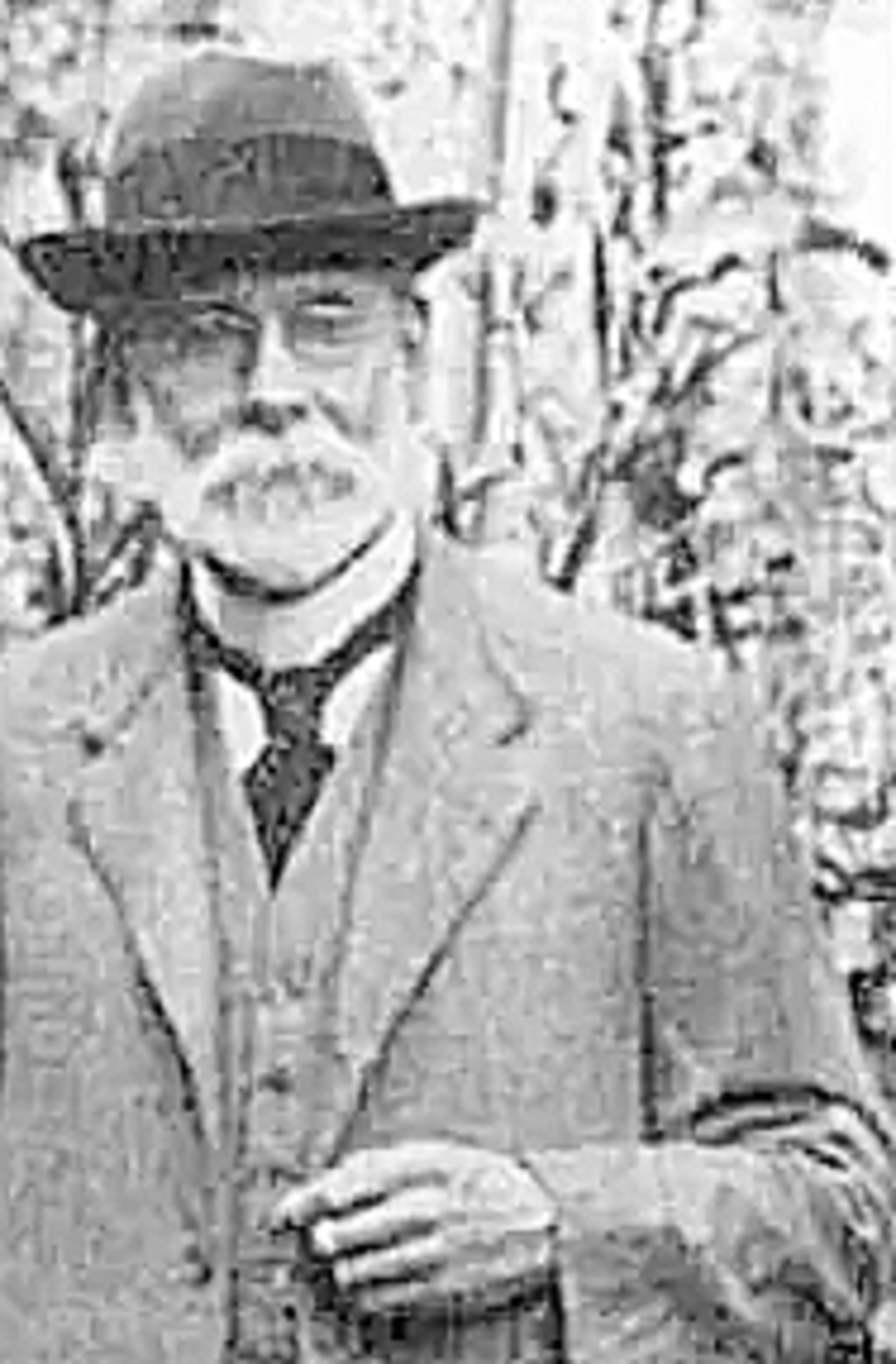
Adolph Brewster wrote about the Tualeita in his book “The Hilltribe of Fiji”. Picture: TORBAYWEEKLY. CO.UK
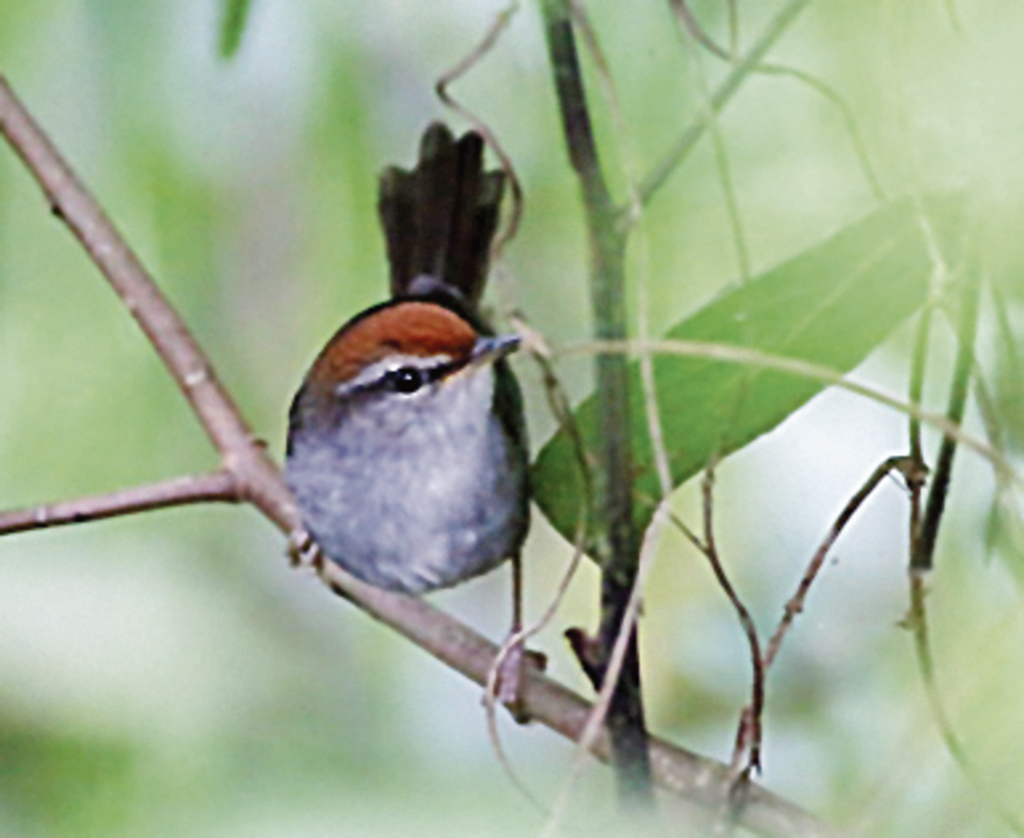
The Fiji bush warbler or Tikivili. Picture: brianriches.com.pg

